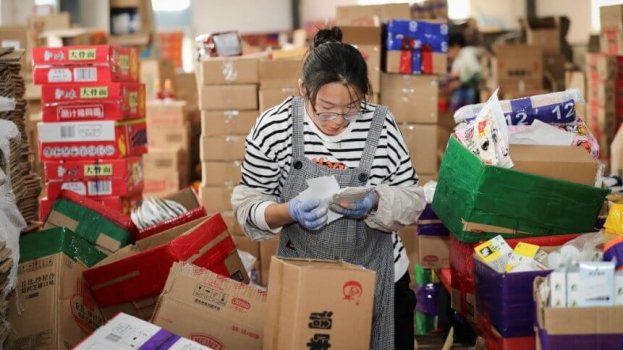In many countries, the shopping experience has largely become an online experience in the past year-plus. But as conditions start to return to normal, the supply, demand, and other links of the retail supply chain are still being challenged by what can seem like insurmountable odds.
That situation appeared to have been highlighted during last year’s Black Friday sale period. Back in 2018, 70% of consumers made their holiday purchases at a physical store. This trend was reversed in PYMNTS’ Black Friday 2020 Report, when 74% did their holiday shopping online while just 48% bought from brick-and-mortar outlets as lockdowns raged.
More people bought items online during Black Friday last year than ever before. The steady migration to adopting e-commerce has clearly shown that consumers today are expecting a more seamless, upmarket experience when shopping from brands – particularly when making purchases online.
But the sudden shift in consumer retail behavior could have far-reaching implications for various participants of the supply chain. Ensuring availability of ready stock, for instance, is a common issue for e-commerce stores as they purchase minimal stock to avoid incurring losses – but might have been left stranded when sales demand shot up more than expected over the last year.
Continue reading: https://techhq.com/2021/08/magnifying-retail-supply-chain-visibility-with-the-internet-of-things/
That situation appeared to have been highlighted during last year’s Black Friday sale period. Back in 2018, 70% of consumers made their holiday purchases at a physical store. This trend was reversed in PYMNTS’ Black Friday 2020 Report, when 74% did their holiday shopping online while just 48% bought from brick-and-mortar outlets as lockdowns raged.
More people bought items online during Black Friday last year than ever before. The steady migration to adopting e-commerce has clearly shown that consumers today are expecting a more seamless, upmarket experience when shopping from brands – particularly when making purchases online.
But the sudden shift in consumer retail behavior could have far-reaching implications for various participants of the supply chain. Ensuring availability of ready stock, for instance, is a common issue for e-commerce stores as they purchase minimal stock to avoid incurring losses – but might have been left stranded when sales demand shot up more than expected over the last year.
Continue reading: https://techhq.com/2021/08/magnifying-retail-supply-chain-visibility-with-the-internet-of-things/

